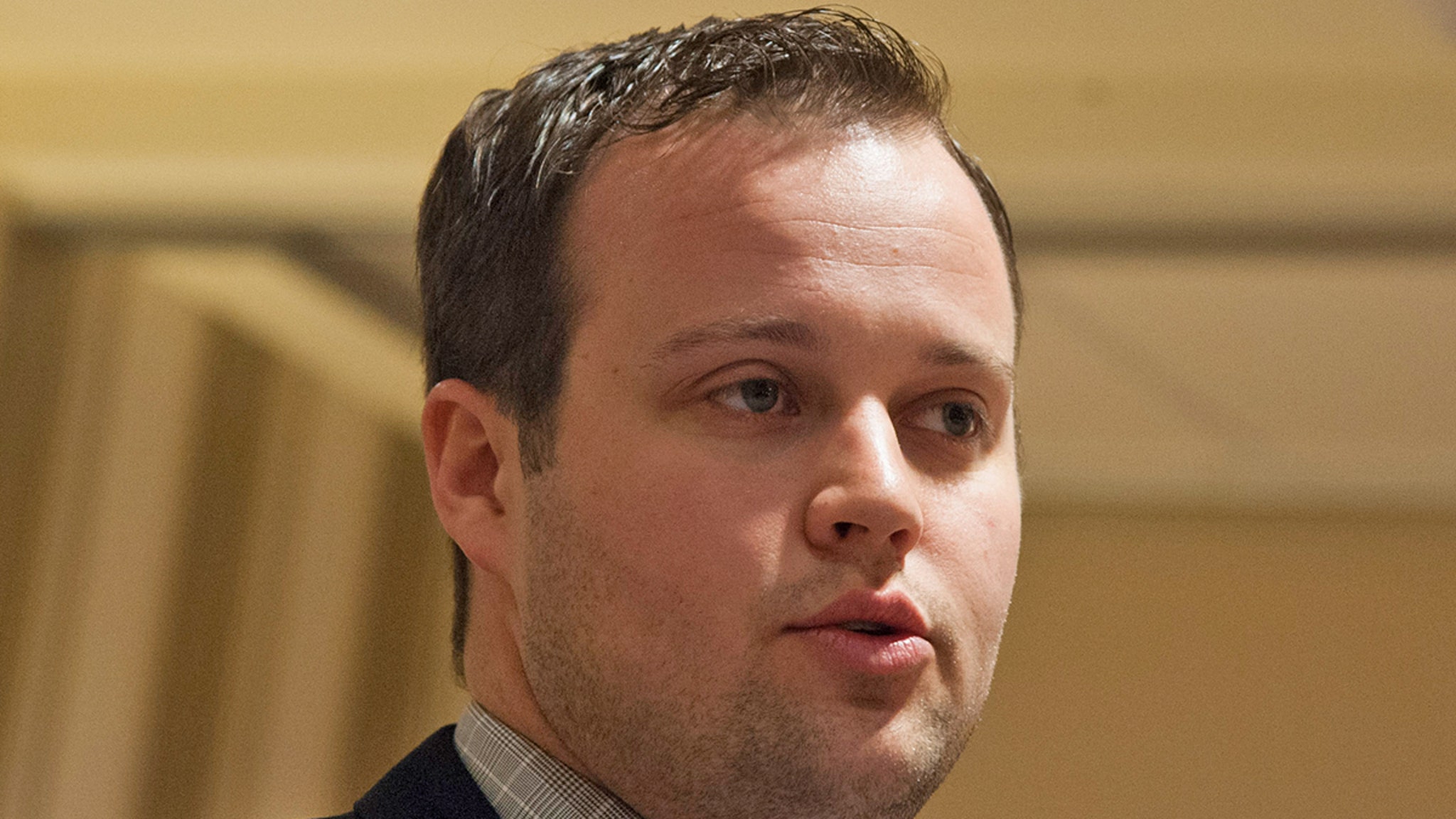Lifestyle
Meghan Markle & Prince Harry Have Sights Set On Moving to Los Angeles

Meghan Markle and Prince Harry are ready to live closer to the glitz and glamour of Hollywood … our sources say they’re eyeing a move to Los Angeles.
Sources with direct knowledge tell TMZ … Meghan and Harry have been discussing a move to L.A. after deciding to no longer look for a home in Malibu.
We’re told Meghan and Harry are taking interest in different L.A. neighborhoods, though they haven’t toured any houses yet … other than the $8 million plot of land in the ‘Bu they checked out back in September, which they’ve decided to pass on.

Meghan and Harry live up the coast in Montecito, and a move to L.A. makes sense … they’ve been attending lots of Hollywood events, and while Malibu is way closer than Montecito, they feel it’s still too far from where they want to be.
Our sources say privacy and community are at the top of the list for Meghan and Harry … which is one reason they soured on that estate in Malibu.
After TMZ broke the story of Meghan and Harry touring an estate off Pacific Coast Highway, we’re told the property became a magnet for paparazzi and news coverage … which created safety concerns for them and ultimately steered them away.
Meghan and Harry have lived in the Los Angeles area before … and were able to fly under the radar at first.
You may recall … Meghan and Harry lived in Tyler Perry‘s mansion in Beverly Ridge Estates for several weeks back in 2020, going mostly undetected … and our sources say they want to move somewhere similar, where neighbors share concerns about privacy and security.
Meghan and Harry gushed over Tyler’s place in their docuseries … with Harry describing his time there as “bliss because no one knew we were there … We were there for six weeks, and no one knew. My family still thought I was in Canada.”
Eventually, the media caught on and figured out where Meghan and Harry were living, forcing Tyler to secure the property with a fence to stop paparazzi from snapping photos.
Tyler says he and his neighbors lived privately for years and had never seen anything like the media blitz over Meghan and Harry … claiming once the word got out there were drones and helicopters flying over the home 24/7, and people sneaking onto the property and cutting holes in the chain link fence.
Cue Randy Newman!!!

Lifestyle
Winter Fashion in NYC: Cheerful Clothes for Dreary Weather

Snow hasn’t been the only noticeable element filling New York City streets this winter. Cheerful colors — the kinds often associated with spring or summer palettes — have been a component of many outfits that caught my eye over the past few weeks, a refreshing surprise in a season known for blacks and grays.
Other ensembles stood out for their symmetry: People wearing complementary diamond-quilt jackets, for example, or twin earmuffs. The most notable outfits looked nearly identical and reminded me of the various matching ensembles I encountered on the streets of Japan not long ago. While friends or family members’ buying similar things may not be a new concept, dressing in sync — particularly now, when so much focus is paid to personal style — seems more novel.
Lifestyle
5 easy exercises for your shoulders and chest to alleviate desk job aches and pains

Prolonged desk work can lead to musculoskeletal problems ranging from continual pain to injuries. This month, we launched a six-part series showing you how to stretch and strengthen your body to prepare them for marathon sitting sessions at your desk. We’ll roll out a new exercise routine that focuses on alleviating desk job-related woes for a different area of the body each week.
Last week we published exercises for the head and the neck. This week we’re tackling the shoulders and chest.
To learn more about how sitting affects the body, and why these exercises are important, read our first piece in the series.
-
Share via
A routine for your shoulders and chest
When you sit at a desk all day, it’s common for your shoulders and chest to round forward. As we type, the shoulders pull in and together. Consequently, the front of the body — the pecs — tighten up and the back of the shoulders get over-stretched. All of this can lead to pain in the back of the shoulder and shoulder blades, as well as tightness and sensitivity in the chest, among other issues.
Do these exercises to help stretch and strengthen the muscles in your shoulders and chest. They’re demonstrated by trainer Melissa Gunn, of Pure Strength LA, whose team trains desk workers on how to protect their bodies through exercise.
- Roll your shoulders forward 10 times, then backward 10 times, to relieve tension.
- Place your palms at a 90-degree angle on both sides of a doorway and step forward with one foot. Hold for 30 seconds, feeling a pec stretch. Incrementally move your arms up slightly and lean in to deepen the stretch.
- Do these push-up exercises in stages, as you get stronger: first against a wall, then against a bench or a desk and, finally, on the floor. Face a wall and place your hands on the wall at chest height. Step back about 2-3 feet so you are at an angle. Do a push-up against the wall, keeping your arms and elbows straight and drawing your shoulder blades together as you drop your chest. Perform 8-12 repetitions.
- Stand straight with your right arm hanging next to your right leg. Move your arm up and to the side, stopping at shoulder height, as if half of the letter “T.” Then slide it forward, keeping it straight and at shoulder height. Then slide it all the way to the left, and grab your right elbow with the crook of your left arm to pull it in even further. Hold for 1-2 seconds. Repeat on the other side. Do 5-10 times on each side.
- Start in a seated or standing position. Lace your fingers together and stretch your arms up toward the ceiling. Take a deep breath as you reach up as high as you can (keeping your neck relaxed). Lean to the left, then the right, to stretch your sides. Return to center and exhale, opening your arms and sweeping them back down. Repeat 5-10 reps on each side of your body.
(Exercises came from Dr. Joshua T. Goldman, UCLA sports medicine; Melissa Gunn, Pure Strength LA; Tom Hendrickx, Pivot Physical Therapy; Vanessa Martinez Kercher, Indiana University-Bloomington, School of Public Health; Nico Pronk, Health Partners Institute; Niki Saccareccia, Light Inside Yoga.)
Lifestyle
Street Style Trend of the Week: Clashing Prints

Jeffrey Bernick, 41, in his numerous patterns and prints, was impossible to ignore as he was walking on Fifth Avenue in the Flatiron district of Manhattan on a Saturday in December.
Mr. Bernick, a costumer for TV shows and films, said he was on his way to Trader Joe’s and had just been browsing the selection of clothes and accessories at the nearby Filson store. He described the outfit he was wearing as cozy and having an “upstate vibe.”
“I spend most of my days surrounded by tons of clothing and lots of creatives that all have their personal style,” Mr. Bernick said. “I feel I take inspiration from them and vice versa. We get to play all day and put things together that you may not have thought would work, but look amazing onscreen.”
-
/cdn.vox-cdn.com/uploads/chorus_asset/file/25826211/lorealcellbioprint.jpg)
/cdn.vox-cdn.com/uploads/chorus_asset/file/25826211/lorealcellbioprint.jpg) Technology1 week ago
Technology1 week agoL’Oréal’s new skincare gadget told me I should try retinol
-
/cdn.vox-cdn.com/uploads/chorus_asset/file/25832751/2192581677.jpg)
/cdn.vox-cdn.com/uploads/chorus_asset/file/25832751/2192581677.jpg) Technology7 days ago
Technology7 days agoSuper Bowl LIX will stream for free on Tubi
-

 Business1 week ago
Business1 week agoWhy TikTok Users Are Downloading ‘Red Note,’ the Chinese App
-
/cdn.vox-cdn.com/uploads/chorus_asset/file/25835602/Switch_DonkeyKongCountryReturnsHD_scrn_19.png)
/cdn.vox-cdn.com/uploads/chorus_asset/file/25835602/Switch_DonkeyKongCountryReturnsHD_scrn_19.png) Technology5 days ago
Technology5 days agoNintendo omits original Donkey Kong Country Returns team from the remaster’s credits
-

 Culture4 days ago
Culture4 days agoAmerican men can’t win Olympic cross-country skiing medals — or can they?
-
/cdn.vox-cdn.com/uploads/chorus_asset/file/24774110/STK156_Instagram_threads_1.jpg)
/cdn.vox-cdn.com/uploads/chorus_asset/file/24774110/STK156_Instagram_threads_1.jpg) Technology1 week ago
Technology1 week agoMeta is already working on Community Notes for Threads
-

 Politics5 days ago
Politics5 days agoU.S. Reveals Once-Secret Support for Ukraine’s Drone Industry
-

 Culture2 days ago
Culture2 days agoBook Review: ‘Somewhere Toward Freedom,’ by Bennett Parten



















